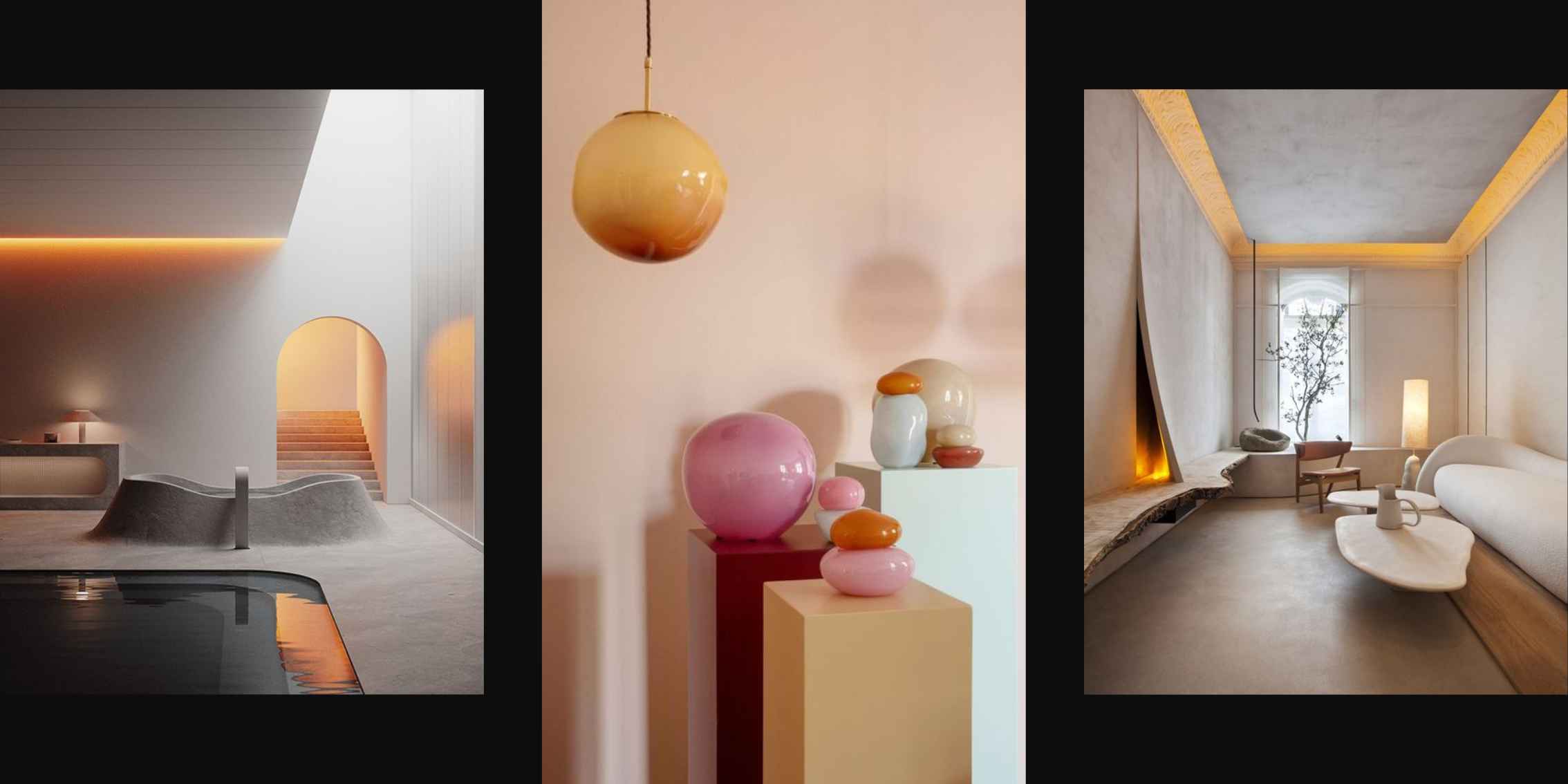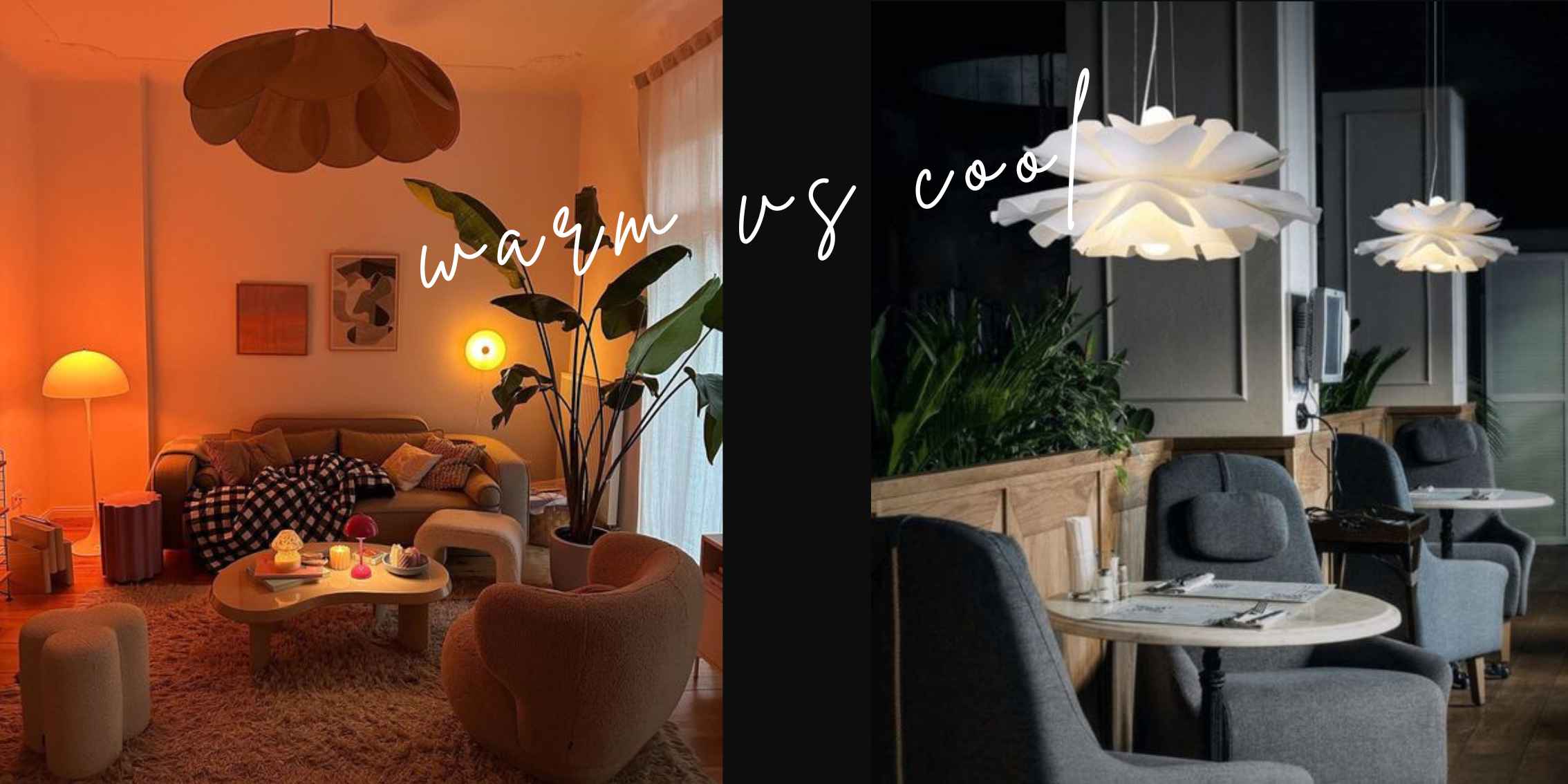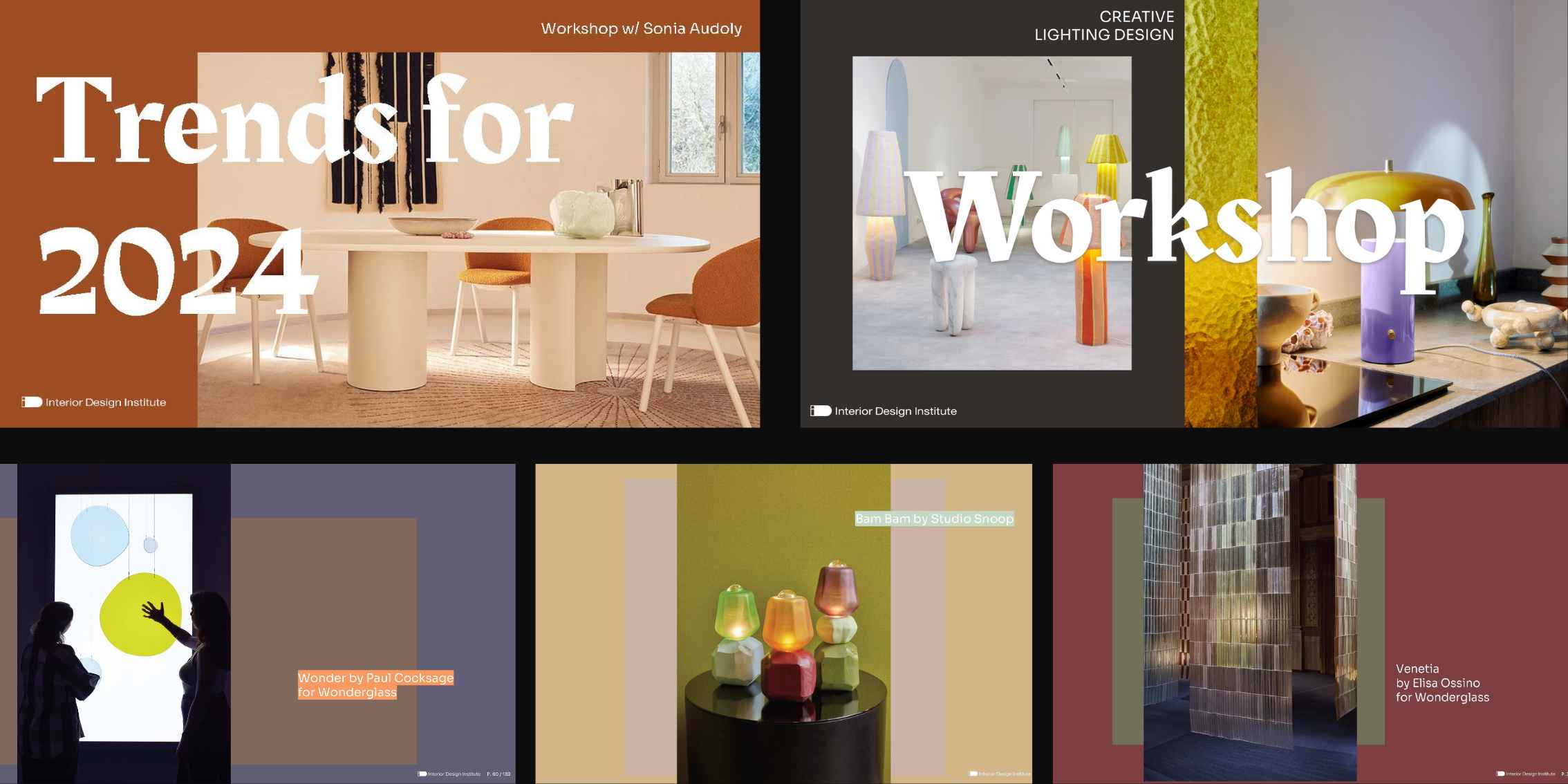In the realm of interior design, lighting transcends its functional role to become a key element that defines and enriches spaces. It's about creating narratives within spaces through the interplay of light and shadow, color, and texture.
Lighting design is a dynamic field, continually evolving with technological advances and creative innovations. For designers, staying updated with these trends is not just about adding aesthetic value; it's about harnessing the emotional and psychological impact that lighting can have on spaces and their inhabitants.

Image source: Lighting Collective
Lighting is a cornerstone of interior design, shaping how we experience and interact with spaces. It plays a critical role in accentuating architectural features, setting the ambiance, and influencing our perception of color and texture. Strategic lighting can elevate a space's aesthetic, highlighting its strengths and mitigating its flaws. Some of the core uses of lighting include:
Understanding the dual nature of light—both natural and artificial—is essential for designers. Natural light brings a dynamic element that can enhance or transform the ambiance of a space while artificial lighting offers control and consistency, allowing for precise mood setting and functional lighting solutions. Mastering the role of lighting in interior design allows designers to craft spaces that are not only beautiful but also practical.
The lighting design landscape for 2024 is shaped by trends emphasizing aesthetics, functionality, sustainability, and personalization.
These trends signal a shift towards lighting designs that are not only visually striking but also deeply responsive to the needs and values of contemporary society.

Image source: Dezeen
Creative lighting design is about more than just choosing fixtures; it’s about crafting an atmosphere that enhances every aspect of a space. A thoughtful approach to lighting can transform an interior from ordinary to extraordinary.
The key to achieving a dynamic and versatile interior is through layering different types of lighting: ambient, task, and accent. Ambient lighting provides the overall illumination of a space, task lighting focuses on areas for specific activities, and accent lighting highlights architectural features or key decor elements. This method adds depth and dimension, allowing for flexibility in creating various moods and atmospheres within the same room.
Using statement lighting fixtures as focal points is another strategy to infuse spaces with personality and visual interest. These pieces act as art, captivating the eye and anchoring the room's design. Whether it’s a sculptural chandelier over a dining table or unique sconces framing a bed, statement fixtures elevate the design narrative, offering both functionality and aesthetic appeal.

Image source: Pinterest
Implementing effective lighting solutions requires a blend of creativity and pragmatism. Designers must consider a multitude of factors to ensure that lighting serves both the aesthetic and functional needs of a space.
Each space within a home or commercial environment serves a different purpose, which should guide the lighting design. For instance, a kitchen requires bright, shadow-free task lighting for safety in food preparation, while a bedroom benefits from softer, ambient lighting that promotes relaxation. Selecting fixtures that align with the function of each room ensures that lighting enhances the space's usability and ambiance.
The temperature and color rendering of light sources significantly impact the atmosphere and functionality of a space. Warm lighting creates a cozy, inviting atmosphere, suitable for living rooms and bedrooms, while cooler light can enhance concentration and energy, ideal for home offices and kitchens. Additionally, the color rendering index (CRI) of a light source affects how true to life colors appear under it, crucial for spaces where color accuracy is important, such as dressing rooms and art studios.

Image source: Pinterest
Lighting design is an art form that plays a pivotal role in defining the atmosphere and functionality of spaces. In the world of interior design, creative lighting is not merely a passing trend; it's an essential component of creating spaces that are both memorable and practical. By keeping informed about the latest developments and embracing new technologies and creative approaches, designers are empowered to push the boundaries of traditional lighting design, crafting spaces that truly stand out.
Dive deeper into the world of creative lighting design with The Interior Design Institute's specialized workshops. Whether you're a seasoned professional looking to refine your skills or a budding designer eager to explore the latest trends, IDI offers a wealth of resources to enhance your design journey.
Join industry luminary Sonia Audoly for an immersive workshop on the top interior design trends. Discover the latest innovations and get inspired to incorporate these trends into your own design projects, staying ahead of the curve in the dynamic world of interior design.
For those passionate about the intricacies of lighting design, IDI tutor Vicki Mullins offers an in-depth exploration of creative lighting strategies. Learn how to masterfully integrate lighting into your designs, creating spaces that are not only aesthetically pleasing but also functionally tailored to the needs of their occupants.
Don't miss this opportunity to expand your design repertoire and elevate your projects with cutting-edge lighting solutions. Explore IDI workshops today and take the first step towards mastering the art of creative lighting design.

Image source: The Interior Design Institute
We also cover lighting in more depth in module 5 of our online Interior Design course.
Ready to study with us?